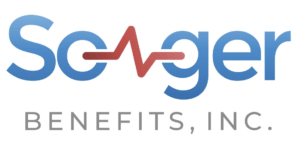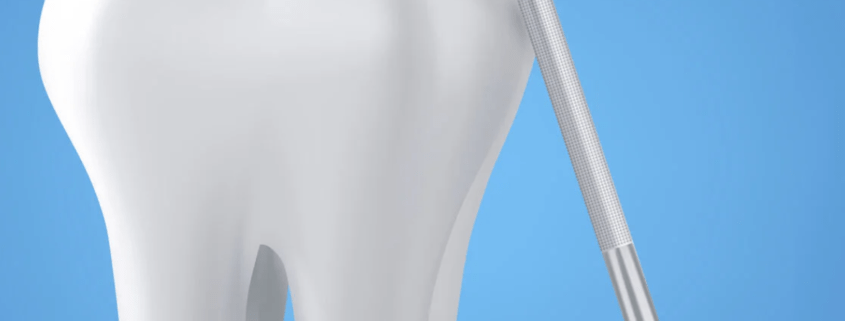Medicare Dental Benefits 2023
I want to address what Medicare will cover for Medicare Dental Benefits 2023. First off, you have to realize it will be minimal. The reason is that, in 1980, Congress passed a dental exclusion statute that excluded almost all dental services. So that’s why since 1980, they rarely cover anything dental-related, certainly not extractions and fillings and just the usual things the average person needs.
Currently, Medicare will pay for dental services that are an intricate part of a covered procedure, so there’s got to be tied into something else that Medicare will cover. They have to do some operations and probably some reconstruction of the teeth. Their example is the jaw reconstruction following an accidental injury, so we have an injury to the jaw. Medicare is going to cover that.
They also would pay for extractions that are done in preparation for radiation treatment with diseases that involve the jaw, so we’ve got some kind of, you to know, cancer or some issue going on with the jaw, a disease within if there have to be some extractions, Medicare says because they’re going to cover that medically necessary jaw surgery, they also cover the dental that’s involved with extracting the teeth Medicare will also make listening to this one payment for oral examinations preceding kidney transplants or heart valve replacement.
So you can see that under stringent circumstances, Medicare is willing to pay for dental services. Still, as a general rule, it will be very, very limited to these types of situations, so you have to be prepared. We have three different options or three different ways to make sure that our dental services will be covered. Hence, our first option is to self-pay; we won’t get any dental plan. You know, dental insurance we’re just going to pay out of our pocket, and frankly, about half of all people that are on Medicare, this is what they choose.
Typically we see this when people have naturally healthy teeth. They rarely do anything except go in once or twice a year for cleanings, and they say, typically, my cleanings will cost me less than what I paid a premium. I’ve had no other dental issues that have surfaced, so they’re fine. Simply being a self-payer now would tell you if you decide to self-pay, you may want to ask your dentist if they have some internal plan because sometimes the dentist will put together his plan to cover maybe one or two cleanings a year and give you discount on other services that you may need.
Again if you’re going to do the self-pay, you’re just saying I don’t want any insurance or think you need it. I’m just going to pay for that on my own, so that’s certainly a viable option, and again, half of all people on Medicare, that’s what they choose now. Another way to get dental services covered is by enrolling in an Advantage plan. As a quick reminder, when we go on Medicare, we can either choose to have A and B with a supplemental plan, or we can enroll in A&B. We get a C plan we replace Medicare with an Advantage plan which is a private health insurance company.
When you go on Medicare and so, if you have that C plan or that advantage plan, what happens almost always is that advantage plan is going to include some dental benefit now, I don’t like to call it a dental plan because it’s not a proper plan what I refer to it is more accurately is a dental allowance now keep in mind if you are on Medicaid. You get what we call a dual plan which is Medicare Medicaid eligibility. Your dental allowance could be pretty attractive.
Not many people are on Medicaid, so if you’re not on Medicaid, what’s going to happen this dental allowance is typical, on average throughout the country, about $1000 a year in coverage. Now you have to ask some questions about that dental allowance number one for the $1000.
Do you have to go to a network dentist?
Sometimes they require that; sometimes, they don’t. Still, if they do, you’re going to have to make sure that your dentist is in the network, or you’re going to have to switch dentists to take advantage of that $1000 all right now that $1000 typically can be used for whatever you want it could cover in a couple of cleanings maybe an extraction of the partial crown or something. Still, once that $1000 has been exhausted, that’s done for the year, and they’ll replenish that account in January.
You have another $1000 the following year, so you must find out if you have to go to the network dentist. What can I use my $1000 for? Typically for anything that you want and then you have to find out how well the claim is filed with the insurance companies because if that dentist is not in the network, then typically what happens is you’re the one that has to pay the bill and then what you’ll do is you’ll fill out a form.
They will reimburse you for your out-of-pocket expenses to cover dental services up to the limit on that plan. So that’s why I called this a dental plan, but it’s a dental allowance. If you have an advantage plan, you certainly want to take advantage of at least that $1000 of services we cover annually, just real quickly.



